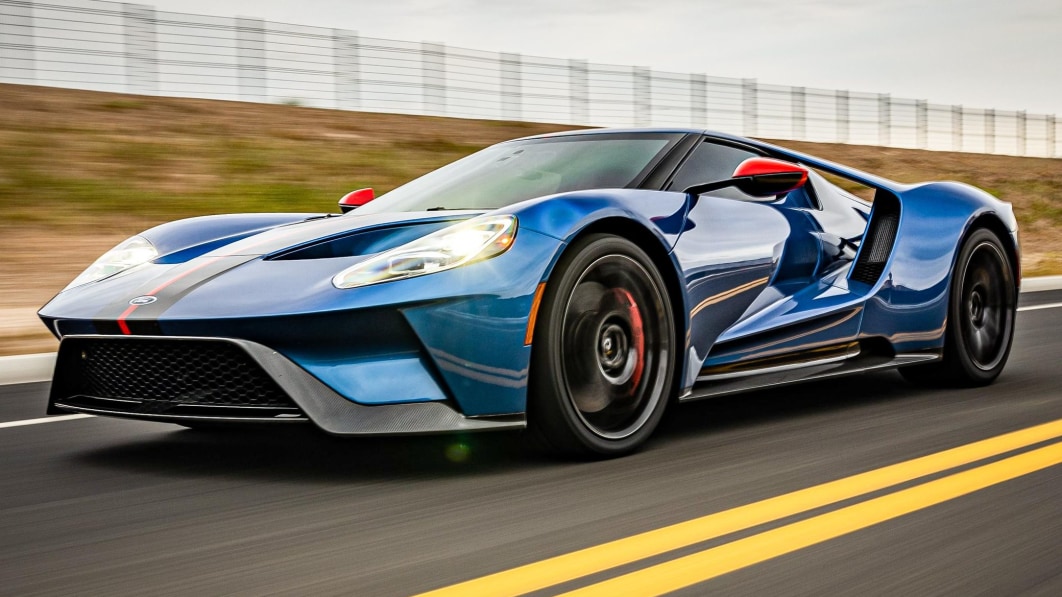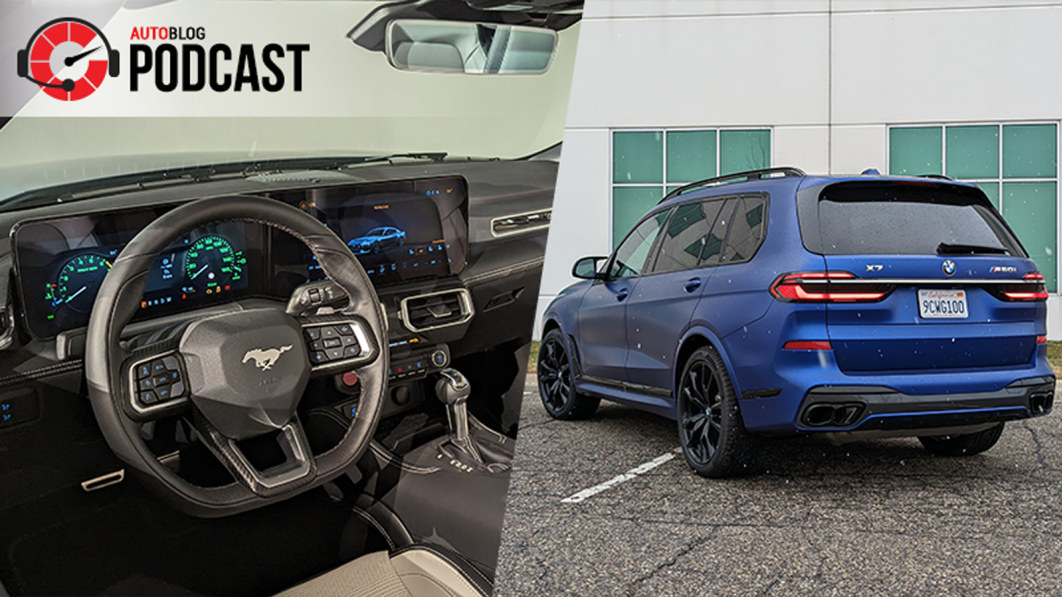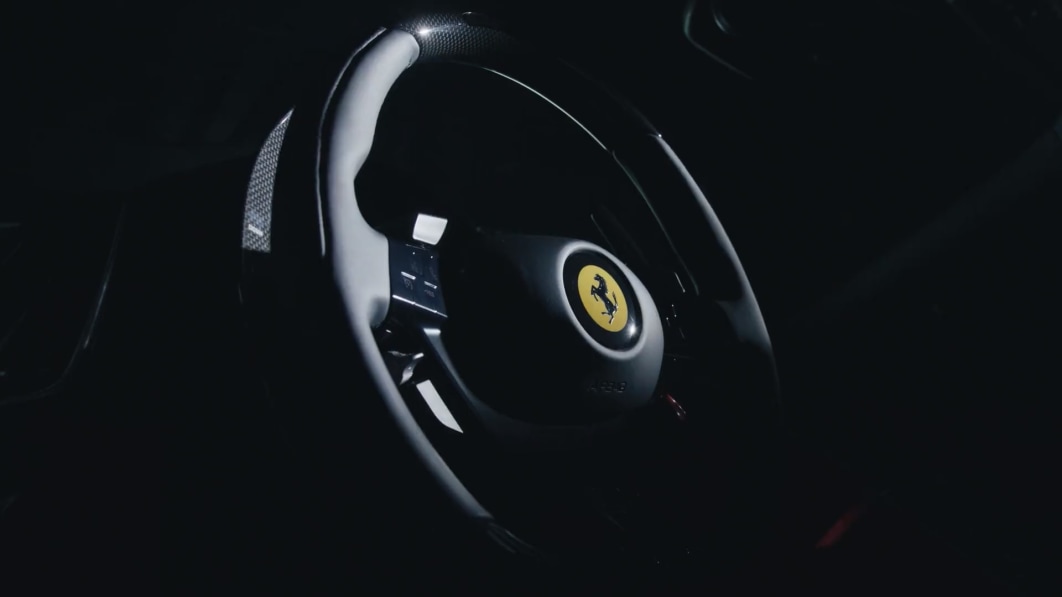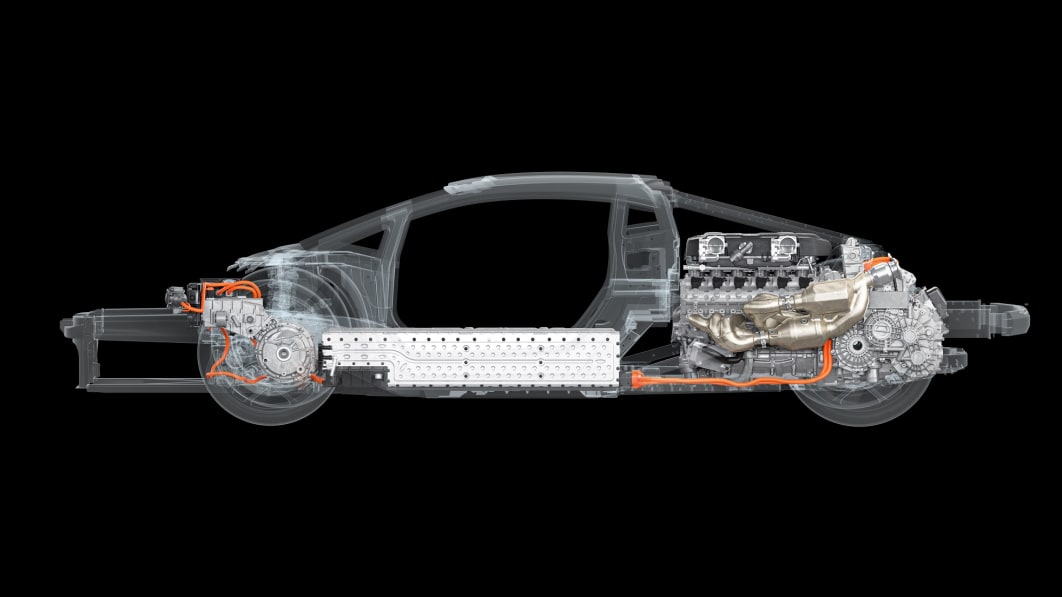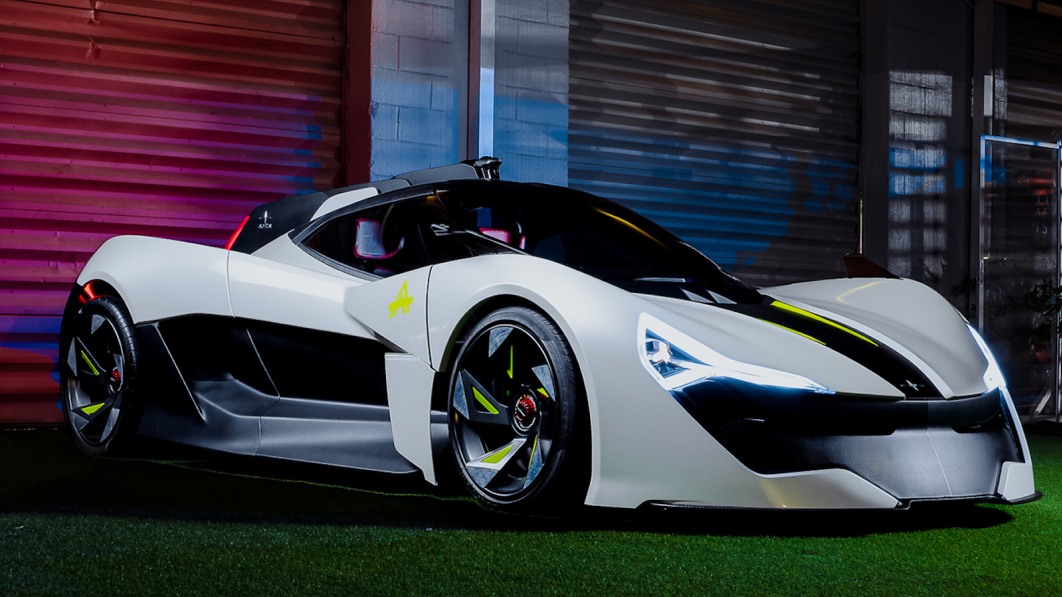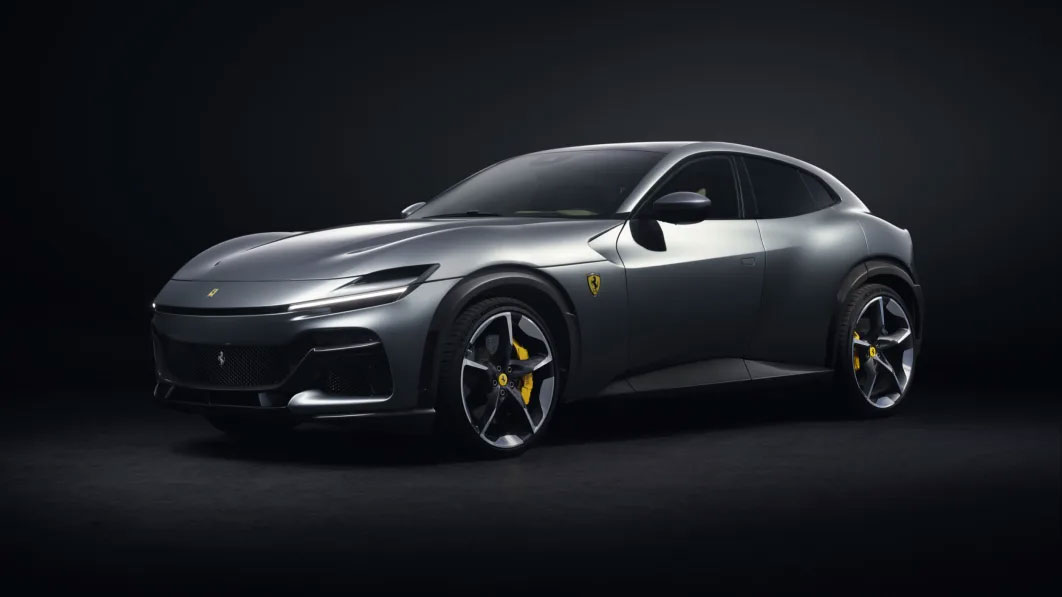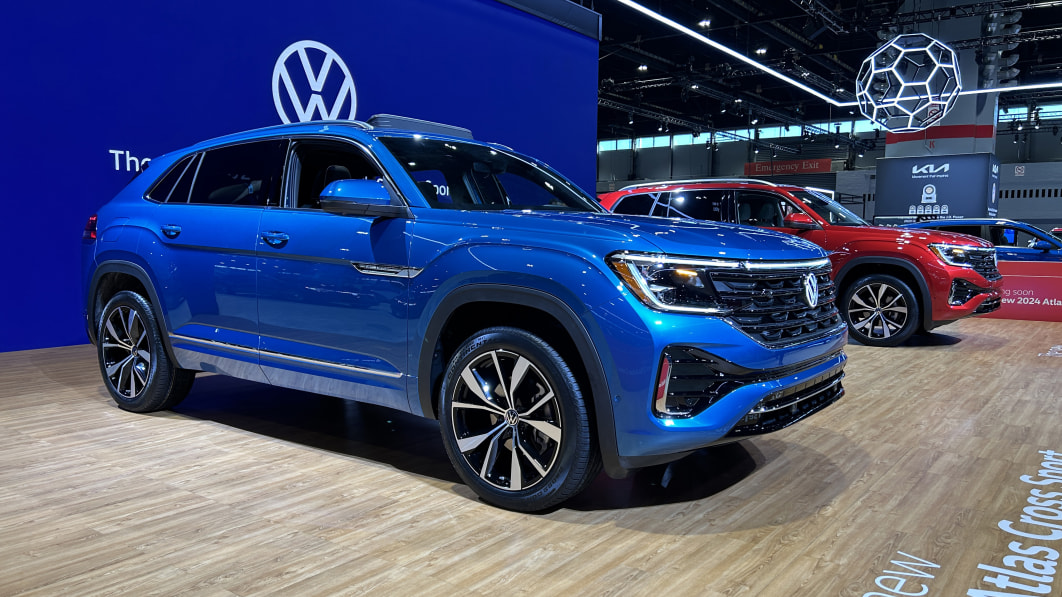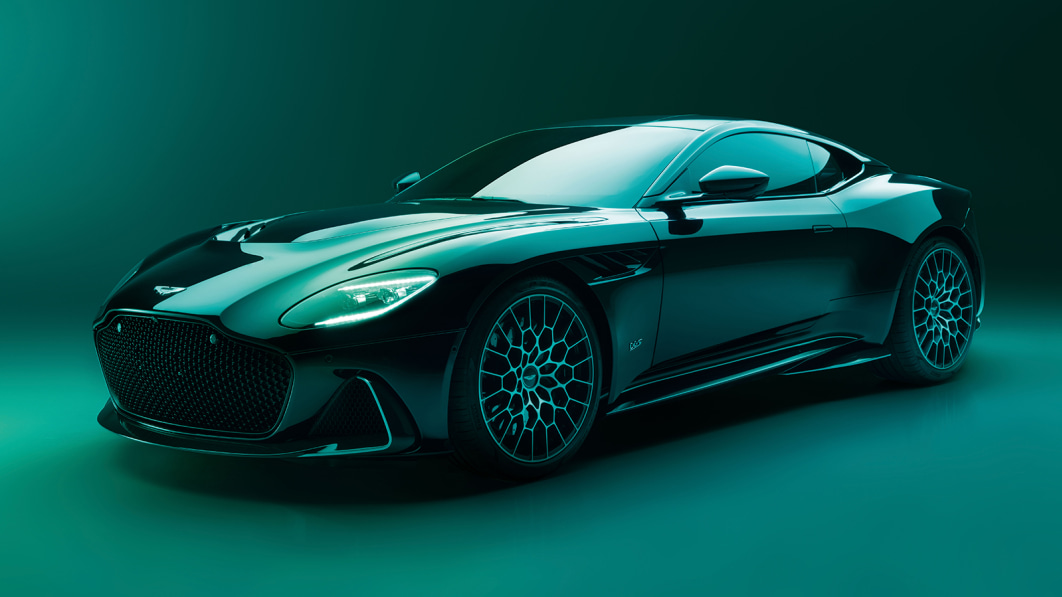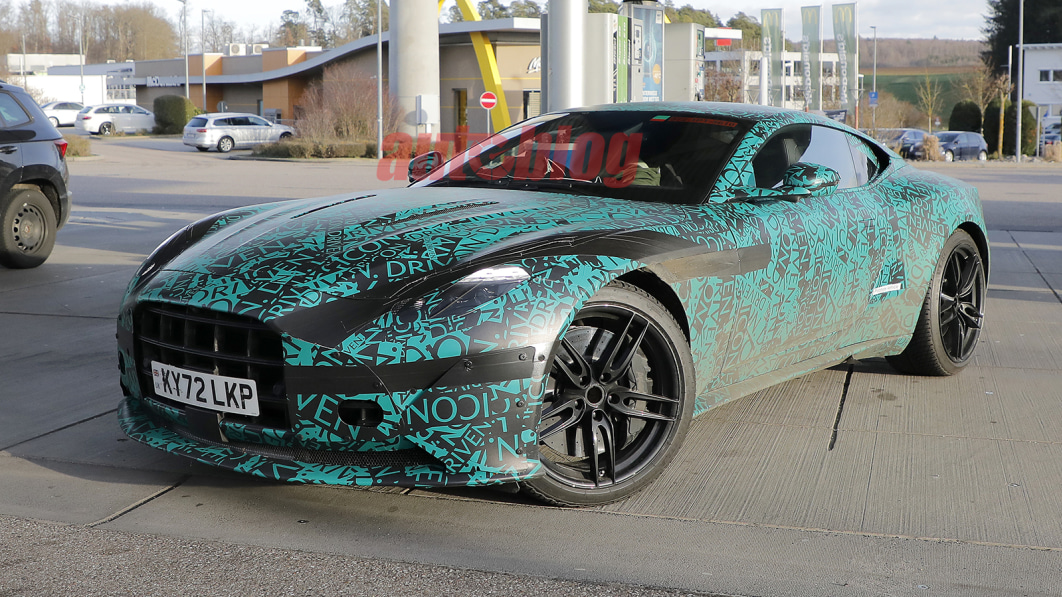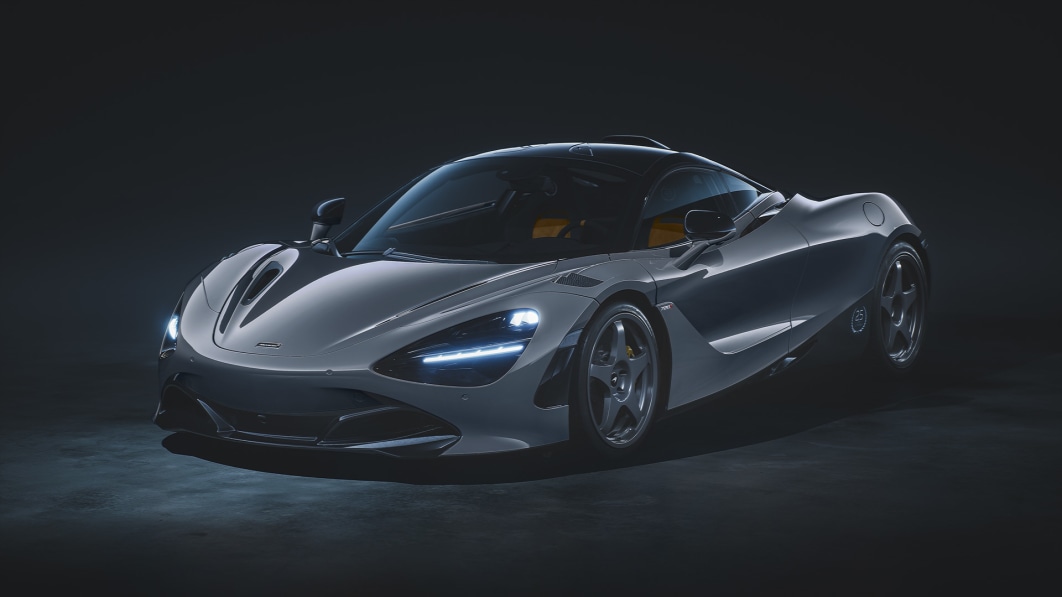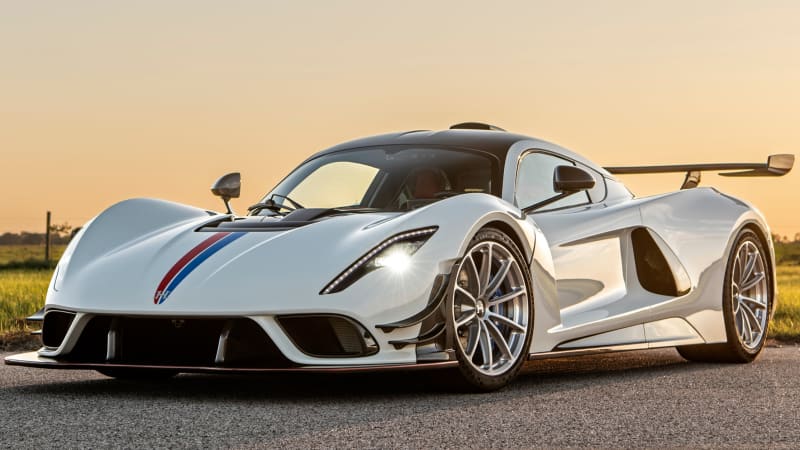Atelier Jalaper’s new watch made from Lamborghini Miura bulkhead
Last August, French watchmaker Atelier Jalaper announced itself with an automatic timepiece whose dial was cut from the hood of an Aston Martin DB5. The next collection is ready, this one with an Italian flavor. After another lengthy search, the company located a burned-out Lamborghini Miura P400S in Avignon, France. We’re told a section of the aluminum bulkhead between the engine and the trunk escaped the fire, and with this, Atelier Jalaper created the AJ-P400.
Instead of the Miyota automatic movement used in the DB5’s AJ-001 and AJ-002 watches, the AJ-P400 is based around a Sellita SW200-1 manual caliber. Anyone without a watch winder will need to restore the power reserve after about 45 hours. The oval-shaped 39.5-millimeter satin-finished steel case shows off the first Miura connection: An oval outer bezel surrounding a circular dial, recalling the oval “eyelash” treatment around the Miura headlights. The chapter ring around the bezel comes in four colorways close to original Miura hues of Azzuro Cielo (blue), Verde Miura (green), Arancio Miura (orange) and Nero Cangiante (black). The Miura wreck provides the aluminum dial, its face textured and anodized matte black. The lengthy hash marks and somewhat crowded numbers are inspired by the Miura’s speedometer. At bottom, instead of a Lamborghini logo and unit indicator, the watch shows the power reserve meter. And the band makes a callback to Miura seats.
Last year’s Aston Martin watch was produced in a run of 1,200, costing from €800 ($852 U.S.) to €1,150 ($1,225 U.S.). The Miura timepiece will be more rare and more dear, coming in a run of 400 examples, each costing $2,000. Orders are open now, the first samples to be delivered in July.
Related video:


